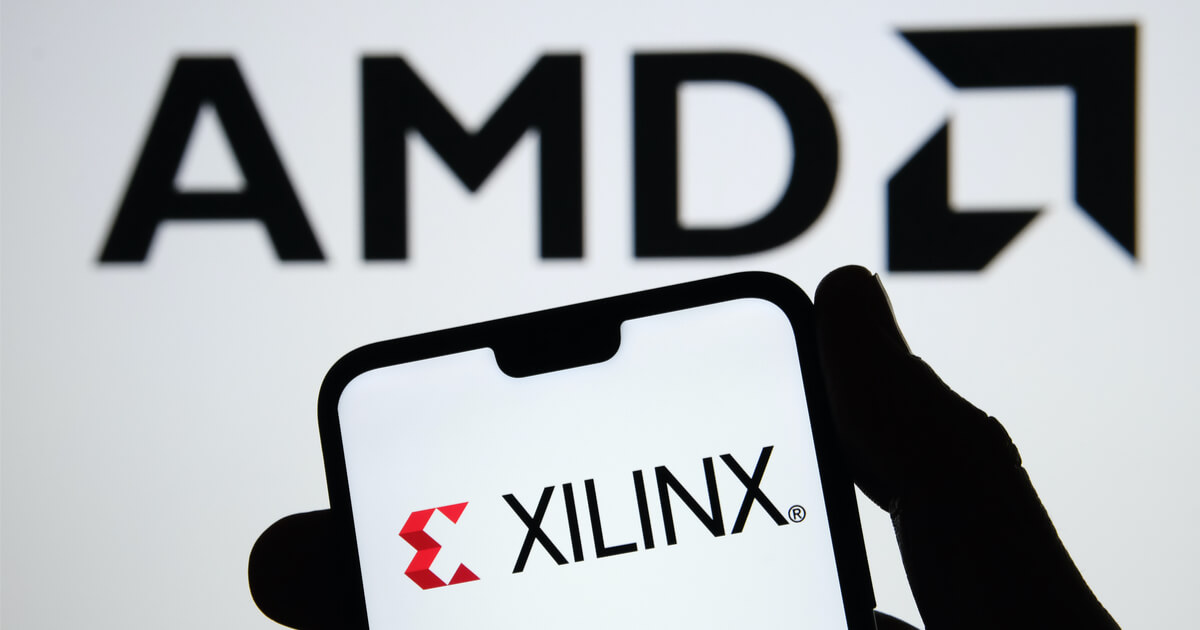The Web 3.0 era is upon us with adoption increasing at a rapid rate, especially as more and more decentralized offerings continue to make their way onto the market. However, before proceeding any further, it would be beneficial for our readers to understand what exactly the term Web3 means.
In its simplest sense, Web3 refers to a blockchain-based decentralized web that is made up of a number of permissionless applications as well as other token-based economies. Alternatively, Web3 can also be used to describe a technological paradigm that seeks to help reduce the power held by big tech companies by returning it into the hands of their users.
In this article, we will look to list out some of the most interesting Web3 projects worth checking out. So without any further ado, let’s get straight into the heart of the matter.
QED
QED can be thought of as a decentralized oracle that comes replete with a robust economic model connecting a host of different blockchains, smart contract platforms as well as off-chain data resources with one another. Furthermore, the project seeks to achieve a high level of trustlessness by distributing data points across a number of different digital entities.
When it comes to things like oracle accuracy, finality, decentralization, resilience, security, QED’s technical indicators seem to be well ahead of even its closest rivals, such as Chainlink. For example, the project helps provide a data refresh rate of 0.5s which is substantially faster than that of Chainlink’s 120s. Not only that, QED offers a finality time of 3-5 seconds which is more efficient than even specialized projects like SupraOracles.
Filecoin
Filecoin is best described as a blockchain-based storage protocol that allows users to not only save their data on a decentralized network but also retrieve it without the need of a centralized server. From a functional standpoint, the project makes use of a token called FIL which is used to incentivize network participants — i.e., platform users are provided with FIL in lieu of their free hard drive space.
Another way of looking at Filecoin would be as a decentralized data economy for the burgeoning Web3 ecosystem that offers extremely competitive storage pricing as well as many privacy related benefits when compared with its centralized counterparts.
BitTorrent
As a file sharing protocol, BitTorrent utilizes a blockchain-centric design to make data transfers seamless, secure and more cost efficient. The platform harnesses the power of its native token — BTT — which is given out to participants as an incentive for sharing their computational resources.
Another aspect of BitTorrent is that it aims to establish collaborative partnerships amongst its network participants so as to help facilitate voluminous data transfers trustlessly. On an operational front, the project comes replete with a browser-based torrent platform and a fully functional streaming service.
Brave Browser
One of the most interesting projects operating within the Web3 arena, Brave is an open-source browser that rewards its users in lieu of their attention. To elaborate, platform users can earn Basic Attention Token (BAT) (as passive income) by simply watching privacy-preserving adverts. However, that’s not all; the project features a website tracker as well as a “semi-private browsing” module thanks to its integration of the highly secure TOR framework.
Lastly, Brave comes with a “tip” feature that makes it extremely easy for an individual to tip their favorite content creators without the need for an external payment processor. As a result, the intended recipient is able to receive the donation amount in its entirety.
IOTA
Since making its market debut, IOTA has caught the attention of tech enthusiasts all over the globe. This is because the platform is an Internet of Things (IoT) data transfer protocol which makes use of a unique form of distributed ledgers referred to as Directed Acyclic Graphs (DAGs).
The most interesting aspect of IOTA is that it helps mitigate the issue of high transaction fees, low network throughput and scalability, thus allowing for the exchange of data in a highly cost effective fashion.
The Graph
The Graph is a “middle-layer query protocol” that affords devs the ability to create a host of novel dApps atop the Ethereum network. The core goal of the project is to become a decentralized Web3 economy that helps bring dApps to the market quickly and more efficiently.
As part of The Graph’s core setup, participants (also referred to as ‘indexers’) are given the responsibility of operating the system’s nodes as well as processing queries throughout the network. Lastly, in order to help prevent any malicious behavior, indexers are required to stake the platform’s native token ‘GRT’.
&

You can get bonuses upto $100 FREE BONUS when you:
💰 Install these recommended apps:
💲 SocialGood - 100% Crypto Back on Everyday Shopping
💲 xPortal - The DeFi For The Next Billion
💲 CryptoTab Browser - Lightweight, fast, and ready to mine!
💰 Register on these recommended exchanges:
🟡 Binance🟡 Bitfinex🟡 Bitmart🟡 Bittrex🟡 Bitget
🟡 CoinEx🟡 Crypto.com🟡 Gate.io🟡 Huobi🟡 Kucoin.



















Comments